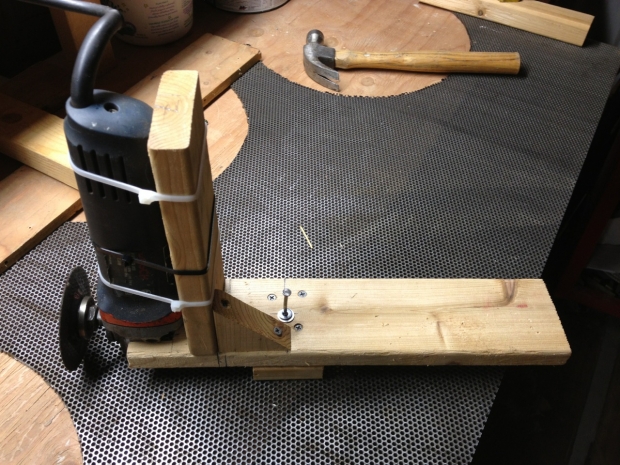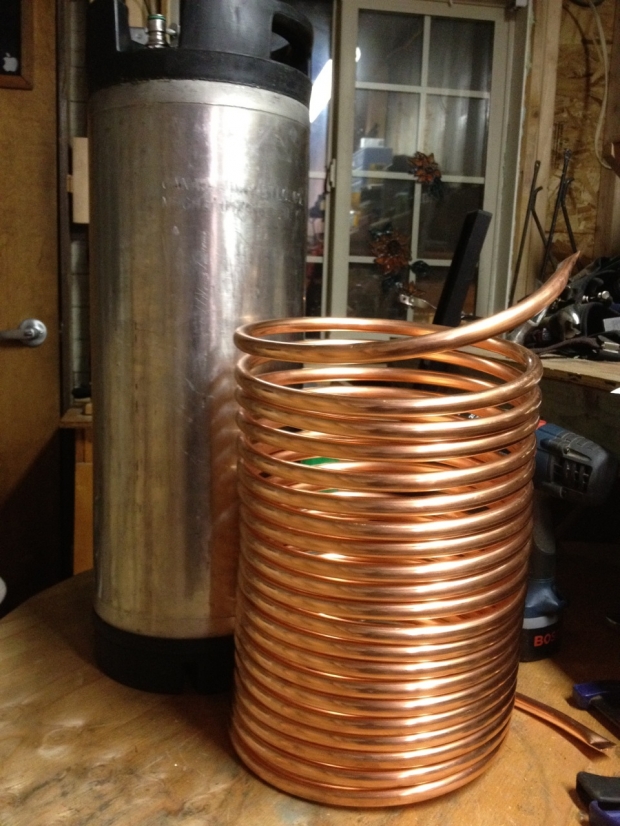Better late than never, I actually started brewing on this rig almost two years ago, but didn't want to post anything until all the little details were finished. Well, a couple hundred gallons of beer later, this rig works great, and I realized it may never be "finished". So here's is how it looks today...
DIY Single-Tier, Natural Gas Fired, HERMS with bottom-drain Mash Tun.

With the exception of a few welded fittings on the kettles, I made everything myself, and I couldn't be happier with the results. This rig represents the knowledge and experience I have gained in eight years of home brewing. Like many here, I started with a single pot on the stove top making extract brews. Most, if not all of the ideas that went into this build came from countless hours studying the forums, and as always my sincere thanks to those members who take the time to post here.
Specifically, the bottom-drain MLT idea was inspired by Ryan_PA's HERMS build thread.. The brew stand itself is like many others on here, but is basically a copy of drkwoods stand, although I welded mine together a little differently...
DIY Single-Tier, Natural Gas Fired, HERMS with bottom-drain Mash Tun.

With the exception of a few welded fittings on the kettles, I made everything myself, and I couldn't be happier with the results. This rig represents the knowledge and experience I have gained in eight years of home brewing. Like many here, I started with a single pot on the stove top making extract brews. Most, if not all of the ideas that went into this build came from countless hours studying the forums, and as always my sincere thanks to those members who take the time to post here.
Specifically, the bottom-drain MLT idea was inspired by Ryan_PA's HERMS build thread.. The brew stand itself is like many others on here, but is basically a copy of drkwoods stand, although I welded mine together a little differently...















![Craft A Brew - Safale BE-256 Yeast - Fermentis - Belgian Ale Dry Yeast - For Belgian & Strong Ales - Ingredients for Home Brewing - Beer Making Supplies - [3 Pack]](https://m.media-amazon.com/images/I/51bcKEwQmWL._SL500_.jpg)


























































 Ran across this while researching for my own HERMS...glad to know a fellow 'Hamster might be around for me to run some ideas by. Your system looks great.
Ran across this while researching for my own HERMS...glad to know a fellow 'Hamster might be around for me to run some ideas by. Your system looks great.